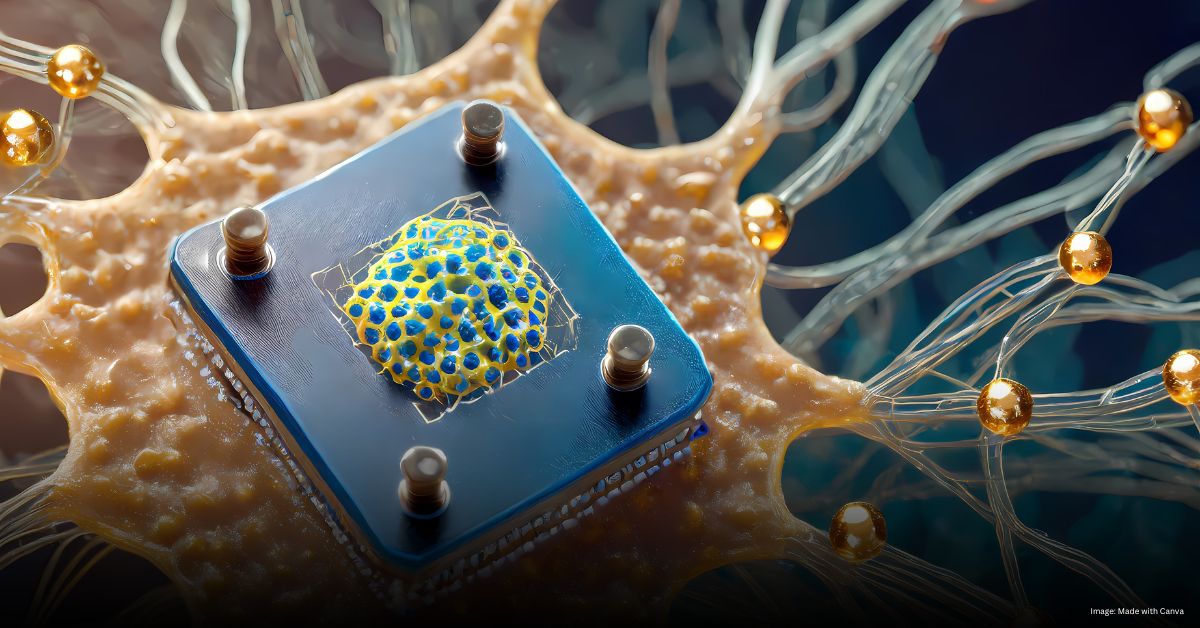The idea of merging our brains with technology might sound like something from a sci-fi movie, but it’s becoming a reality with Neuralink. This implant could change how we interact with the world, but it also raises important questions. Let’s dive into the problems it aims to solve and how it works.
The Problem: Limitations of the Human Brain
Our brains are powerful, but they have limitations. People with neurological conditions often struggle with communication, movement, and basic daily activities. For many, traditional treatments offer limited help, leaving them with a reduced quality of life.
Understanding Neurological Disorders
Neurological disorders affect the brain, spine, and nerves. Conditions like paralysis, ALS, and epilepsy can drastically limit a person’s abilities. Current treatments often focus on managing symptoms rather than offering a cure or significant improvement.
The Need for Advanced Solutions
As technology advances, there’s a growing need for solutions that go beyond medications and physical therapy. Many people with neurological issues are seeking ways to regain control over their lives and enhance their capabilities.
The Solution: Neuralink Implant
Neuralink aims to solve these problems by creating a direct link between the brain and technology. This implant could potentially restore lost functions and even enhance human abilities.
What Is Neuralink?
Neuralink is a brain-computer interface (BCI) developed by Elon Musk’s company, Neuralink Corporation. It’s a tiny device implanted in the brain, designed to read and stimulate neural activity. This could allow people to control computers, phones, and other devices just by thinking.
How Neuralink Works
The Neuralink implant consists of tiny threads, thinner than a human hair, that are inserted into specific areas of the brain. These threads detect electrical signals from neurons and transmit them to a computer, where they can be translated into commands. This process allows the user to control devices with their mind.
Potential Benefits of Neuralink
Neuralink could provide significant benefits for those with neurological conditions. For example, a paralyzed person might be able to control a computer or robotic limb, allowing for greater independence. Additionally, Neuralink could help with memory enhancement, treatment of mental health issues, and even communication for those unable to speak.
Challenges and Ethical Considerations
While Neuralink offers exciting possibilities, it also raises important challenges and ethical questions. The idea of implanting a device into the brain is not without risks.
Safety Concerns
Implanting a device in the brain is a complex and delicate procedure. There are risks of infection, rejection, or damage to brain tissue. Long-term effects are also unknown, which makes safety a primary concern.
Ethical Questions
The ability to enhance human abilities or restore lost functions leads to ethical questions. Who will have access to this technology? Will it create a divide between those who can afford it and those who cannot? Additionally, there are concerns about privacy, as the device could potentially be used to monitor or control thoughts.
Conclusion
Neuralink represents a significant step forward in merging technology with the human brain. It has the potential to transform lives, particularly for those with neurological conditions. However, as with any groundbreaking technology, it must be approached with caution, ensuring that safety, ethics, and accessibility are prioritized.
FAQs About Neuralink Implant
Q: What is the purpose of the Neuralink implant?
A: The Neuralink implant aims to create a direct interface between the brain and computers, allowing people to control devices with their thoughts.
Q: Who can benefit from Neuralink?
A: People with neurological disorders, such as paralysis or ALS, may benefit the most from Neuralink, as it could restore lost functions and improve their quality of life.
Q: Is Neuralink safe?
A: While Neuralink has the potential to offer significant benefits, there are safety concerns related to the implantation process and the long-term effects of having a device in the brain.
Q: What are the ethical concerns surrounding Neuralink?
A: Ethical concerns include issues of privacy, access to technology, and the potential for creating a societal divide based on who can afford the implant.
Q: When will Neuralink be available to the public?
A: Neuralink is still in the experimental stages, and it may be several years before it becomes widely available to the public.


